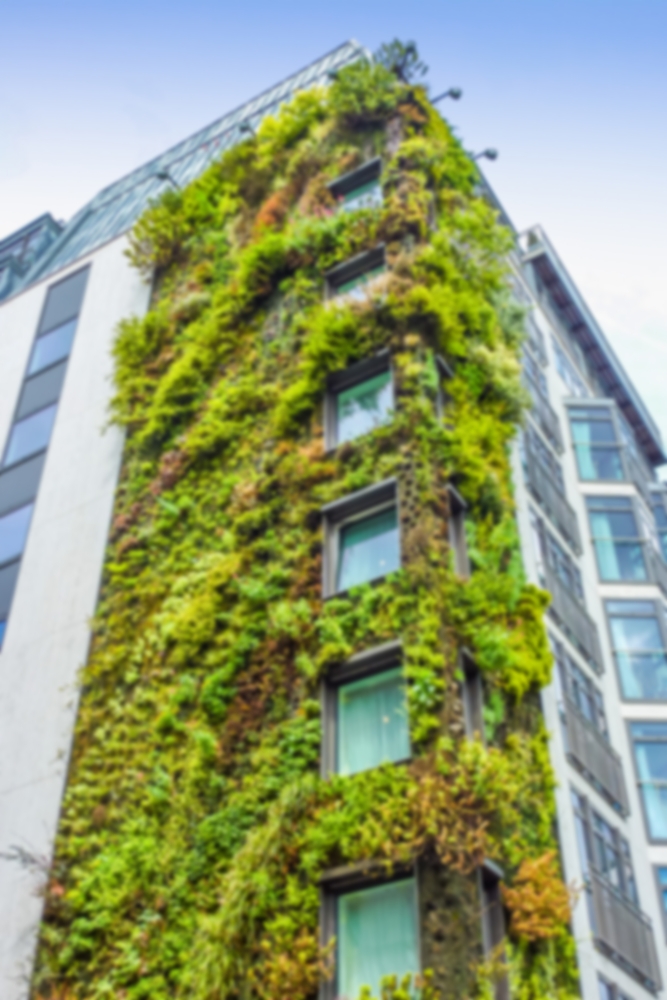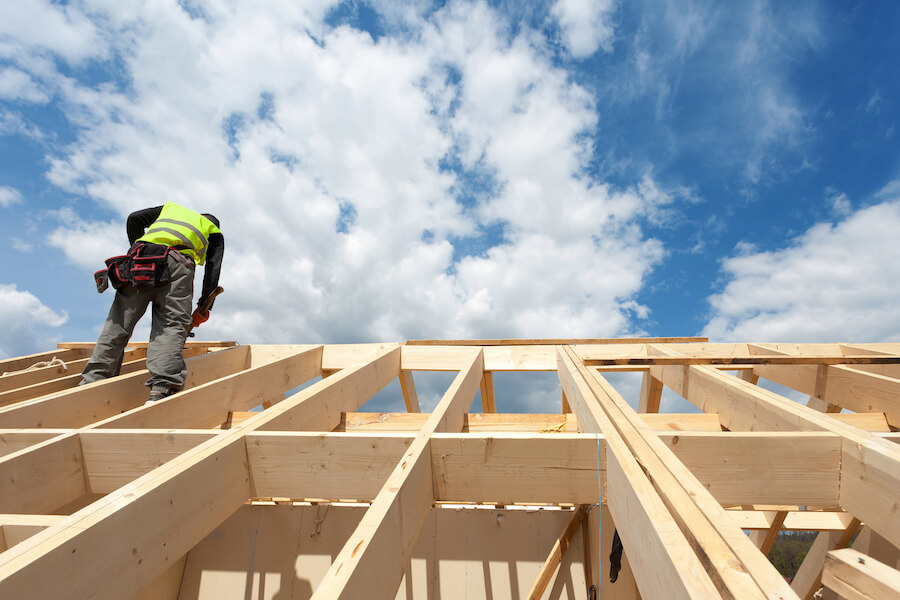It wasn’t too long ago when sustainable building practices were just a ‘nice to have’. Considered almost like a luxury item or something that was only adopted by the greenest minded companies, ‘going green’ was on a fast-track to becoming an alternative trend only a select few would implement. Being all about solar panels, smart grid technology and preserving as much of the natural environment as we can, the meaning behind ‘going green’ and implementing sustainable building solutions is now becoming mandatory worldwide.
Driven by consumer and regulatory demands, addressing environmental concerns and adopting green building practices is no longer a luxury that will adopted more widely in the future. It’s happening now – and those that don’t jump on board with the movement will soon begin to see a direct impact on its competitiveness in the industry. So why is it more vital now than ever to address climate change and reduce environmental impact? Here’s what you need to know about the latest sustainable building practices.

Topics in this article:
The Paris Agreement
The signing of the Paris Agreement in 2015 is proof that environmental impact and corporate governance has reached a peak. The agreement was put together to set out a global action plan to put the world on track sustainably. This aims to avoid dangerous climate change by limiting global warming to below 2 degrees, reducing greenhouse gas emissions, dealing with the impacts of climate change and fostering climate resilience, just to name a few.
Set to bind every country worldwide to an agreement that addresses climate change, the Paris Agreement is supported by a stable government and strong funding to ensure a clear and measurable path toward sustainability is achieved. Whilst the agreement isn’t due to enter full force until 2020, 195 countries have already adopted the universal, global climate deal.
What the agreement means for the civil and building industry
The civil, building and construction industry is responsible for about 30 per cent of global greenhouse gas emissions. With the Paris Agreement aiming to hold global warming at 1.5 degrees, it’s essential the building sector understand their impact in the bigger picture. With the Paris Agreement in place the civil and building industry are able to identify the most carbon intensive aspects earlier on in commercial projects; enabling a better understanding of the environmental impacts and ways to reduce them. This will offer developers, designers and builders broad objectives, directions of improvements and what can be achieved from sustainability issues.
The Paris Agreement reaffirms the need to drive this ambition in addressing climate change by providing clarity and action in the building industry. The civil, building and construction industries are all key sectors which are able to address the capacity, technology and financing needs of the nations. The agreement will help these industries increase availability of climate finance, capacity building, better construction and demolition waste recycling plans and offer supporting platforms for sharing and learning.
The agreement means the civil and building industry will focus on four key messages:
- Increased awareness of the importance of retrofitting: Ensures a growing awareness of the carbon-saving value of retrofitting existing business stock.
- Urgent intervention to achieve a net-zero carbon on new buildings: By 2050, the design and construction of new buildings will have a net-zero carbon. This will go hand-in-hand with retrofitting.
- New professional coalitions are developing an emphasis on shared knowledge: The process of developing a mindset of climate change as a shared responsibility through cities, nations, businesses and organisations.
- An increasingly quantifiable cost: Creating greater interest into the potential carbon-savings in the green building industry. Unlocking the massive greenhouse gas savings isn’t cheap – it’ll require twice the current investment in energy efficient buildings but the positive environmental impact will be well worth it.
The importance of green building
Staying ahead of the green building curve has never been so vital. The importance of sustainably designed, constructed and operated buildings means the vision of the Paris Agreement can continue to move forward and lower global warming from 2020.
Creating healthier green buildings and indoor environments by implementing positive measures will equate to less employee sick leave, happier workforces, reduced staff turnovers and more profitable and sustainable businesses. Ensuring buildings are in line with green building certifications increases its appeal to potential investors and renters too, making it a win-win situation for all.

How you can make building practices more sustainable
The civil and building industry, as well as everyday consumers can make practices more sustainable through a variety of means. By reducing trash and pollution, efficiently using energy, water and other essential resources and protecting occupant health to boost productivity, we can become well on our way to a more environmentally conscious world.
Implementing measures such as improved indoor air quality, access to natural daylight and putting proper waste management plans in place including recycling of construction and demolition waste during the building process all adds up. Building and construction sectors that utilise recycled sand, aggregate and road base will be conserving natural resources and thus, minimising the strain on our environment and climate change.
The Paris Agreement is just the beginning of a long period of change for the industry; but the change already occurring within many building projects is so valuable. Green building is something everyone should jump on board with.






